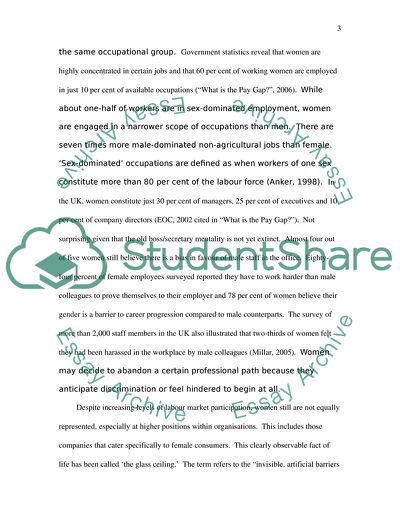Cite this document
(Gender Discrimination in Employment Assignment Example | Topics and Well Written Essays - 3500 words, n.d.)
Gender Discrimination in Employment Assignment Example | Topics and Well Written Essays - 3500 words. https://studentshare.org/gender-sexual-studies/1705610-outline-the-main-features-of-gender-discrimination-in-employment-what-measures-need-to-be-taken-to-effectively-tackle-the-proble
Gender Discrimination in Employment Assignment Example | Topics and Well Written Essays - 3500 words. https://studentshare.org/gender-sexual-studies/1705610-outline-the-main-features-of-gender-discrimination-in-employment-what-measures-need-to-be-taken-to-effectively-tackle-the-proble
(Gender Discrimination in Employment Assignment Example | Topics and Well Written Essays - 3500 Words)
Gender Discrimination in Employment Assignment Example | Topics and Well Written Essays - 3500 Words. https://studentshare.org/gender-sexual-studies/1705610-outline-the-main-features-of-gender-discrimination-in-employment-what-measures-need-to-be-taken-to-effectively-tackle-the-proble.
Gender Discrimination in Employment Assignment Example | Topics and Well Written Essays - 3500 Words. https://studentshare.org/gender-sexual-studies/1705610-outline-the-main-features-of-gender-discrimination-in-employment-what-measures-need-to-be-taken-to-effectively-tackle-the-proble.
“Gender Discrimination in Employment Assignment Example | Topics and Well Written Essays - 3500 Words”. https://studentshare.org/gender-sexual-studies/1705610-outline-the-main-features-of-gender-discrimination-in-employment-what-measures-need-to-be-taken-to-effectively-tackle-the-proble.


